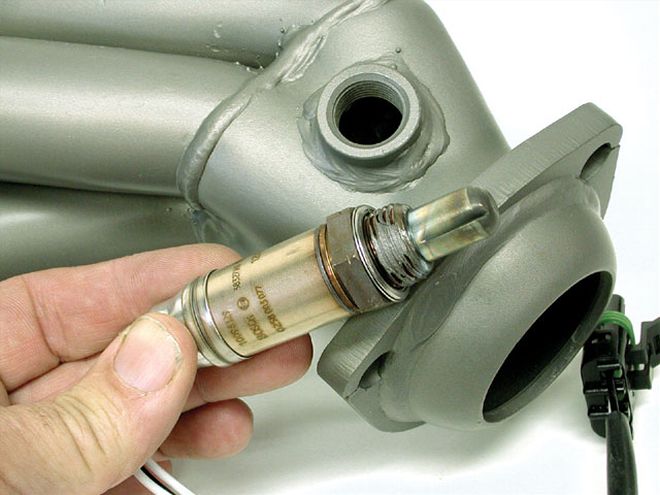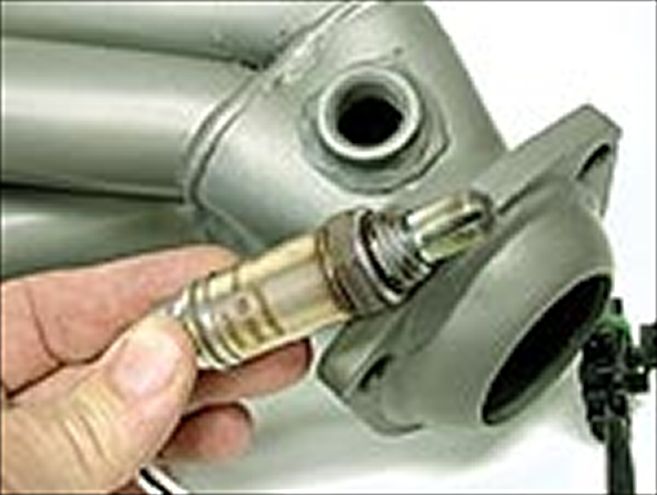


The key element with electronic fuel-injected (EFI) cars is how well your sensors work. While all the sensors on EFI cars are functionally important, the typical oxygen sensor is the feedback sensor in the exhaust that informs the computer whether the air/fuel ratio is rich or lean. Most production engines use a narrow band oxygen sensor that is designed to be most accurate around 14.7:1 air/fuel ratio.
The early EFI cars ('80s and early '90s) used what is called a "one-wire" oxygen sensor that relied on engine exhaust heat to bring the sensor up to operating temperature. Later cars and trucks now use a three-wire sensor that includes a heating element that quickly brings the sensor up to temperature, which also increases its lifespan.
Keep in mind that these narrow-band oxygen sensors are only used to maintain the air/fuel ratio at 14.7:1 at part throttle. Because they're not accurate at richer or leaner air/fuel ratios, most EFI engines either go into open-loop or rely on the mass airflow (MAF) sensor to trim the wide-open throttle air/fuel ratio.
There are also wide-band oxygen sensors. They're generally five-wire sensors, which include a separate ground circuit for the sensor. They're designed to be accurate in a much wider range of air/fuel ratio. Some sensors, such as the Bosch LSU 4.2, can operate with a range as wide as 10:1 to 19:1 air/fuel ratio. For example, this is the sensor that Innovate Motorsports uses in its portable air/fuel ratio meter, which is an excellent tuning tool that is also relatively affordable at $350.
One thing we've recently learned about the older, one-wire oxygen sensors is that these are not nearly as durable as their three-wire heated sensor cousins. Even though the check engine light may not be lit, the sensor's response time to what the engine is doing may be slow enough to cause poor fuel mileage and sluggish throttle response. For example, we recently ran across a situation where, despite completing a tune-up and adding a new catalytic converter and an EGR valve on an '88 4.3L S-10, the truck didn't pass its smog test. Merely screwing in a new one-wire Bosch oxygen sensor dramatically reduced HC and CO emissions, and the car passed easily. Plus, just adding the new oxygen sensor improved fuel mileage by almost 2 mpg.
The point of all this is that older one-wire oxygen sensors generally need to be replaced more often than the newer three-wire variety. These sensors are inexpensive and could be worth improved performance with very little effort.